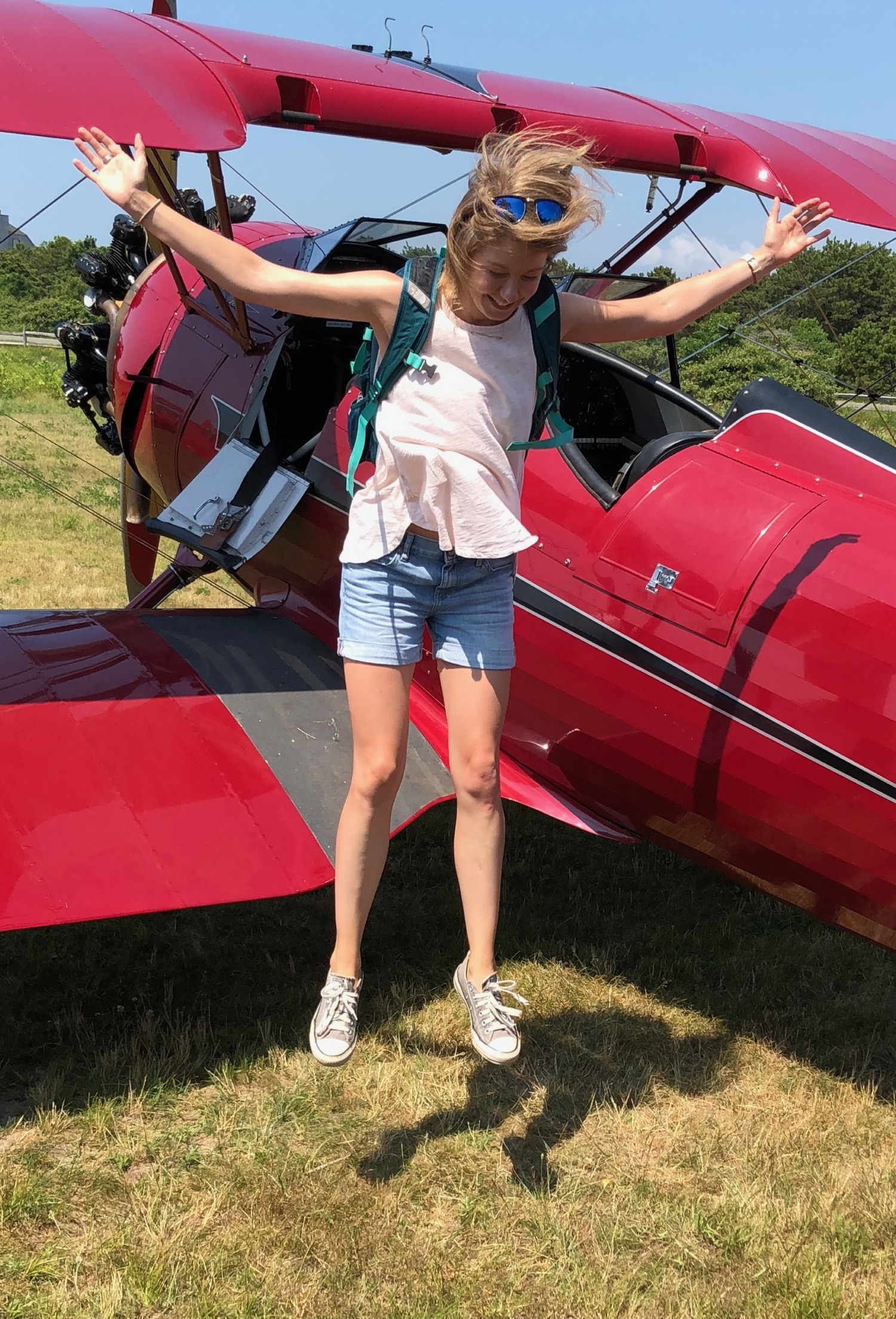Researchers from Harvard, the University of Michigan, and UCLA have conducted the first ever randomized controlled trial on the efficacy of parachutes. As detailed in a cheeky study published late last year in the prestigious British Medical Journal, the researchers enlisted 23 volunteers to jump out of a plane or helicopter to test whether the use of parachutes reduced risk of injury or death.
Randomized controlled trials are commonly used to validate medical research because participants don’t know whether they’re receiving the actual intervention being tested. This helps eliminate bias that may be introduced into the experiment by the test subject if they knew that they were receiving the intervention in advance.
Videos by VICE
The US Parachute Association estimates that over 3 million skydiving jumps occur each year in the United States. Anecdotal evidence suggests that parachutes are effective in (almost) all of these jumps, but the Harvard, Michigan, and UCLA researchers realized that there was no evidence from a randomized controlled trial to back up the efficacy of parachutes as a lifesaving device. To do a randomized control trial on this subject would require some individuals to jump from a plane with a parachute and others to jump without a parachute, and then compare which group sustained more injuries.
“Opponents of evidence-based medicine have frequently argued that no one would perform a randomized trial of parachute use,” the researchers wrote in their study. “We have shown this argument to be flawed, having conclusively shown that it is possible to randomize participants to jumping from an aircraft with versus without parachutes.”

As noted in Scientific American , this study was motivated by an equally tongue-in-cheek paper published in the British Medical Journal in 2003. This study found that although there was plenty of anecdotal evidence that suggested parachutes limit mortality during “gravitational challenge,” there hadn’t been any randomized controlled trials to prove that.
“Advocates of evidence based medicine have criticized the adoption of interventions evaluated by using only observational data,” Gordon Smith and Jill Pell, the authors of the 2003 study, wrote. “We think that everyone might benefit if the most radical protagonists of evidence based medicine organized and participated in a…randomized trial of the parachute.”
Fifteen years later, a team of researchers was finally ready to take up Smith and Pell’s sarcastic challenge.
Of the 23 volunteers enlisted in the groundbreaking study, 12 individuals were given a parachute and 11 individuals jumped from a plane with an empty backpack, but none of the participants knew in advance whether they had a parachute or not. The researchers would then analyze the number of deaths or traumatic injuries sustained by the members of each group.
Remarkably, the researchers found that “parachute use did not significantly reduce death or major injury.” Indeed, there were zero deaths or serious injuries in either group. As the researchers noted in their conclusion, however, this likely had to do with the fact that the participants were jumping from an altitude of about 2 feet in a plane moving 0 miles per hour.
“Clinicians will need to consider this information when extrapolating to their own settings of parachute use,” the researchers cautioned. “Although we can confidently recommend that individuals jumping from small stationary aircraft on the ground do not require parachutes, individual judgment should be exercised when applying these findings at higher altitudes.”
More
From VICE
-

Justin Paget / Getty Images -

Dr. Pixel/Getty Images -

CSA Images/Getty Images -

